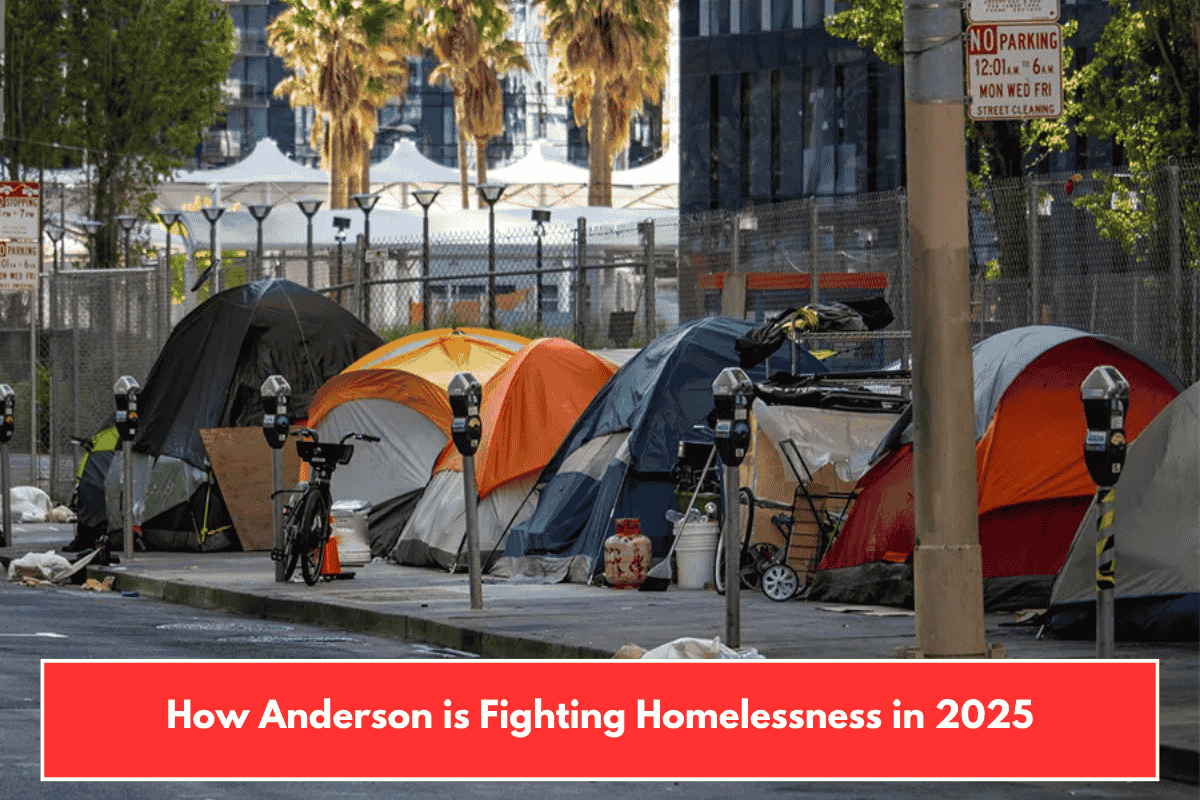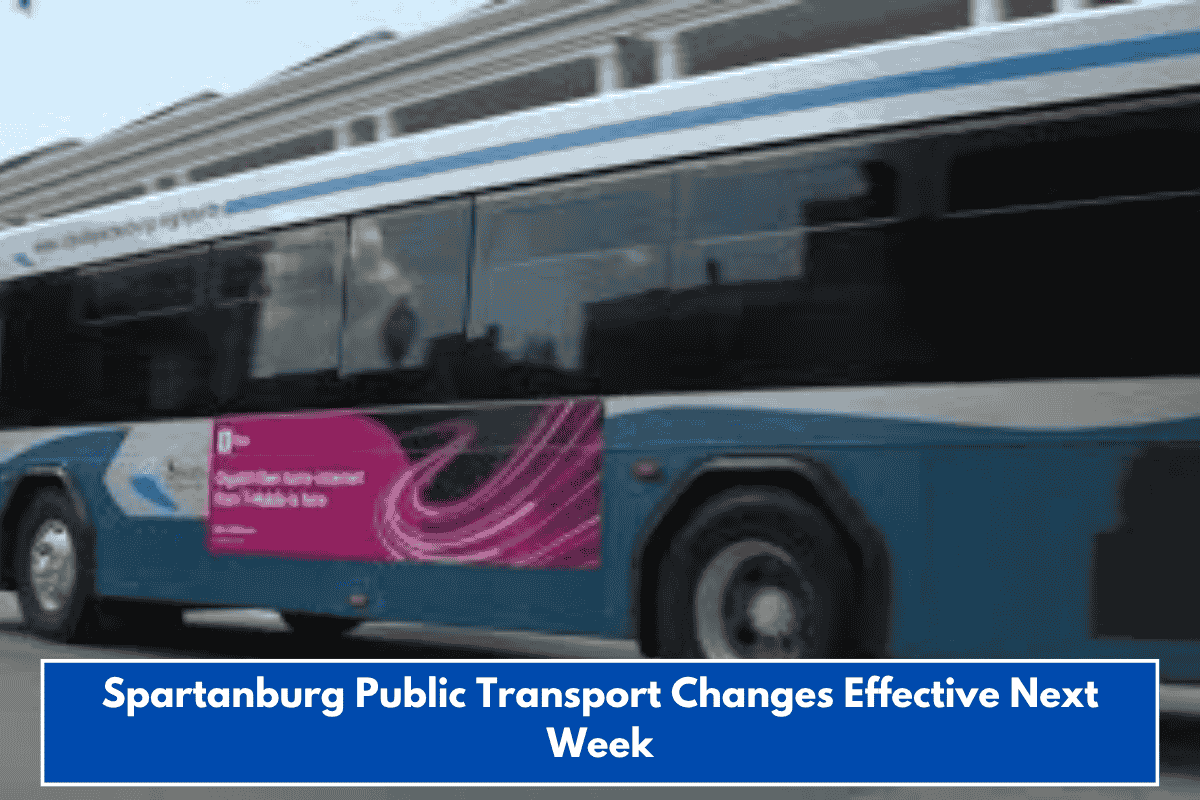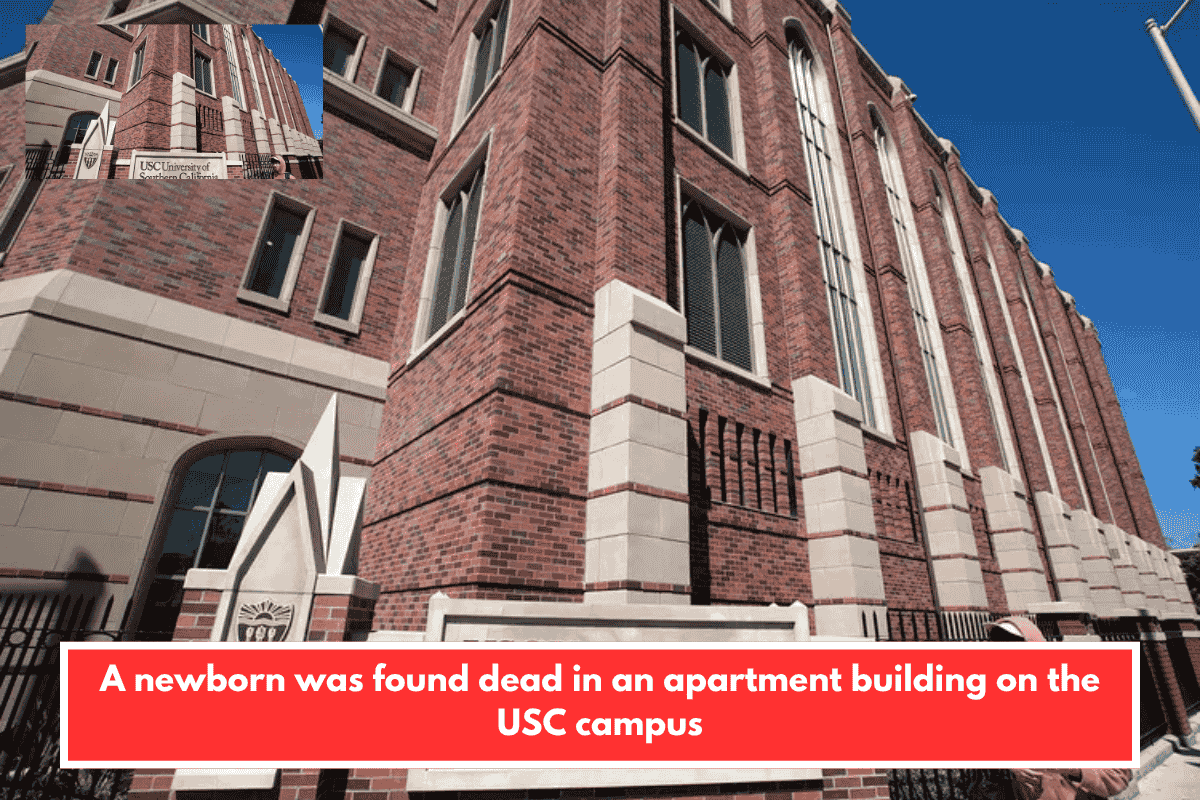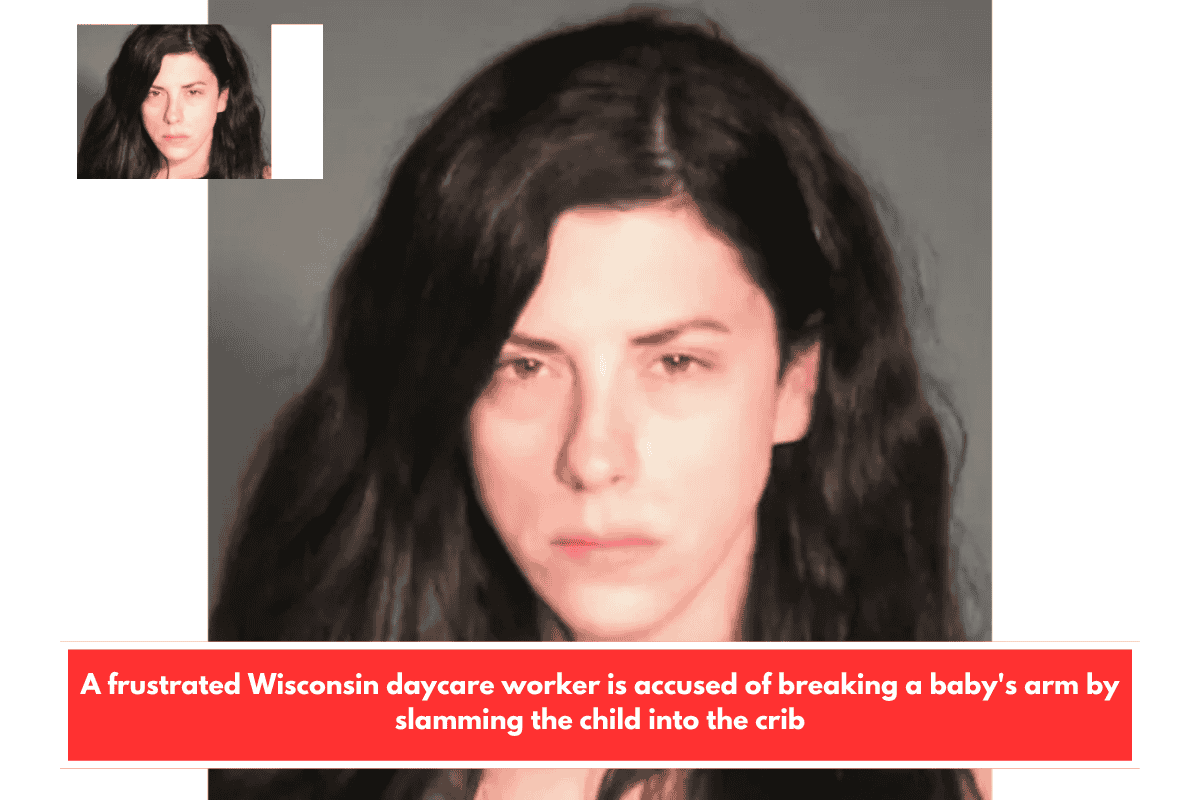Anderson is taking a multi-pronged approach to fight homelessness in 2025, with local government, nonprofits, churches, and business owners collaborating to launch new initiatives and fill critical gaps in shelter capacity, supportive services, and transitional housing.
Anderson Homelessness Initiatives, 2025
Task Force Comprehensive Shelter Proposal
A coalition task force recommends building a 140-bed shelter outside downtown, offering daytime stays, case management, mental health services, job support, and dedicated beds for seniors and single parents. The facility expects residents to pursue stability, sobriety, and personal growth, addressing chronic homelessness and improving shelter exits.
Hope Missions & Riverside Mill Transitional Housing
Hope Missions of the Upstate collaborates with Anderson County on a transitional housing village at the former Riverside Mill site to provide stable accommodation for people moving from homelessness toward permanent housing.
Outreach & Referral System Coordination
The City coordinates outreach and referrals through agencies like United Housing Connections (UHC), Salvation Army, AIM, and local food banks; UHC uses a Coordinated Entry System to streamline access to shelter and housing for children, families, seniors, veterans, and youth.
Community Prevention & Data-Driven Planning
The 2025 White Paper prioritizes prevention and consensus-based planning. Leaders focus on filling gaps and improving the continuum of care, emphasizing short-term investments that prevent long-term homelessness, and using local data such as the Point in Time count to guide decisions.
Despite an increase in the chronic homeless population, Anderson’s approach emphasizes both expanding resources—such as additional shelter beds and transitional housing—and strengthening outreach and case management. Local leaders aim to achieve “net zero” growth in homelessness, meaning people exit the homeless system at the same rate as new cases arise. Prevention is viewed as the most cost-effective strategy for reducing homelessness long-term.
SOURCES
[1](https://www.cityofandersonsc.com/wp-content/uploads/2025/08/Anderson-2024-CAPER-Public-Comment-Draft.pdf)
[2](https://www.unitedwayofanderson.org/housing)
[3](https://www.unitedwayofanderson.org/sites/unitedwayofandersonnew/files/Homelessness%20White%20Paper%20FINAL%206.5.25.docx.pdf)
[4](https://www.andersonobserver.com/news/task-force-calls-for-140-bed-comprehensive-homeless-shelter)
[5](https://newspring.cc/events/myr-outreach)














